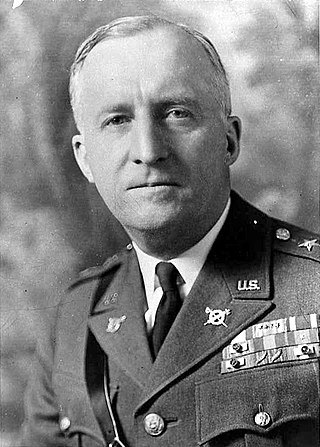
Hugh Aloysius Drum was a career United States Army officer who served in World War I and World War II and attained the rank of lieutenant general. He was notable for his service as chief of staff of the First United States Army during World War I, and commander of First Army during the initial days of World War II.

The 27th Infantry Division was a unit of the Army National Guard in World War I and World War II. The division traces its history from the New York Division, formed originally in 1908. The 6th Division designation was changed to the 27th Division in July 1917.
Camp O'Ryan is a 375-acre (1.52 km2) former New York National Guard training area, also known as the North Java Rifle Range and the Wethersfield Rifle Range, located 3 miles (4.8 km) east of North Java, in the Town of Wethersfield, in the County of Wyoming in New York State.

John Francis O'Ryan was a Manhattan, New York City attorney, politician, government official and military officer. He served as commander of the 27th Division during World War I. He later served as a member of the New York State Transit Commission and as New York City Police Commissioner. During World War II he was New York State Civil Defense Director.

Albert Hazen Blanding was a United States Army officer. Among the most distinguished military figures in Florida's history, he was a recipient of the Distinguished Service Medal.

Cornelius Wendell Wickersham was a decorated United States army officer with the rank of Lieutenant general; a lawyer and an award-winning author of philatelic literature. He studied at the Harvard University and practiced law for several years, before embarked for France during World War I. Wickersham served as Assistant Chief of Staff for Operations of IV Corps during Battle of Saint-Mihiel and received Army Distinguished Service Medal.

Frank Joseph Gaffney was a soldier in the United States Army who received the Medal of Honor for his actions during World War I. He was considered "the second bravest man in the U. S. Army."
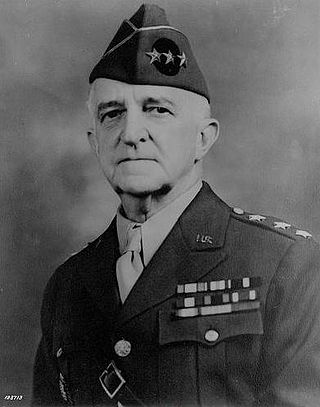
Daniel Van Voorhis was a United States Army lieutenant general and was noteworthy for his assignments as commander of V Corps and the Caribbean Defense Command, as well as his efforts in creating the Army's modern armor branch.
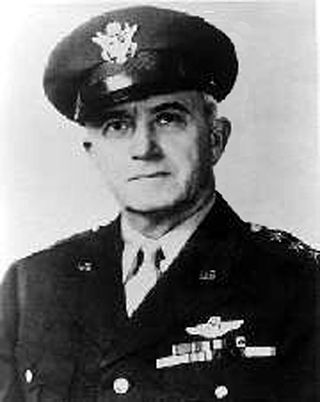
Barton Kyle Yount was a United States Army lieutenant general. His most important assignments were carried out in military aviation as a member of the U.S. Army Air Forces.

Lieutenant General William Henry Harrison Morris Jr. was a senior United States Army officer who fought in both World War I and World War II.

Lieutenant General Paul Wilkins Kendall was a senior United States Army officer who served during World War I, World War II and Korean War.

Claude Birkett Ferenbaugh (1899–1975) was a United States Army lieutenant general. He served as the operations officer of the U.S. II Corps in Africa during World War II and commanded the 7th Infantry Division during the Korean War.
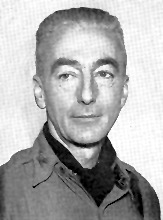
Laurin Lyman Williams was a lieutenant general in the United States Army. He was the Comptroller of the Army in the late 1950s.

Robert Nicholas Young was a lieutenant general in the United States Army. He gained prominence in the 1950s as the commander of the 2nd Infantry Division during the Korean War and as commander of the Sixth United States Army.

Lieutenant General Samuel Tankersley Williams was a senior United States Army officer. Williams became prominent in army history for being reduced in rank from brigadier general to colonel, and then resuscitating his career to again advance to general officer rank. He also commanded the 25th Infantry Division during the Korean War and served as commander of Military Assistance and Advisory Group – Vietnam, the predecessor to Military Assistance Command – Vietnam.

Francis William Farrell was a lieutenant general in the United States Army. He successively commanded the 82nd Airborne Division, V Corps and Seventh United States Army.
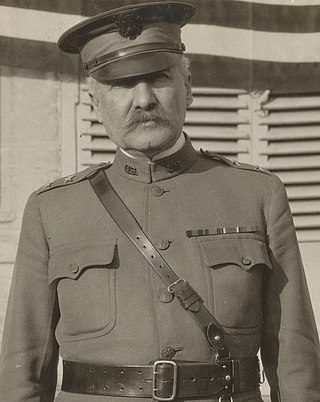
Major General George Windle Read was a senior United States Army officer who was prominent as a corps and division commander in World War I. Read also oversaw the departure of US forces from Europe at the end of the war as commander of the American Embarkation Center at Le Havre, France.
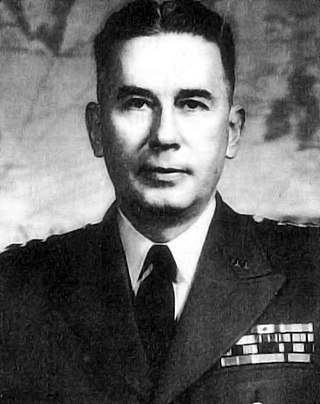
Donald Prentice Booth was a lieutenant general in the United States Army. During World War II he was the US Army's youngest theater commander. After World War II he was known for his commands of the 28th Infantry Division, the 9th Infantry Division and the Fourth United States Army. In addition, he served as High Commissioner of the Ryukyu Islands from 1958 to 1961.
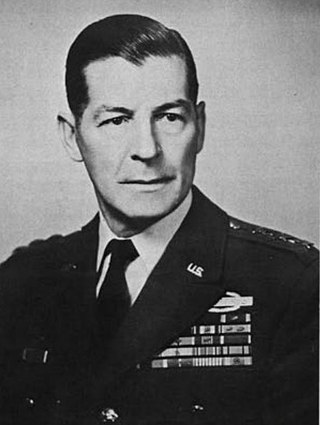
Gordon Byrom Rogers was a United States Army lieutenant general who served in several command positions during World War II and the Korean War, including the United States Military Advisory Group to the Republic of Korea and the 3rd Armored Division.

Charles Hartwell Bonesteel Jr. was a major general in the United States Army. He commanded the United States Army Infantry School and the G-1 (personnel) staff section of Supreme Headquarters Allied Expeditionary Force during World War II. He was the father of General Charles H. Bonesteel III.






















